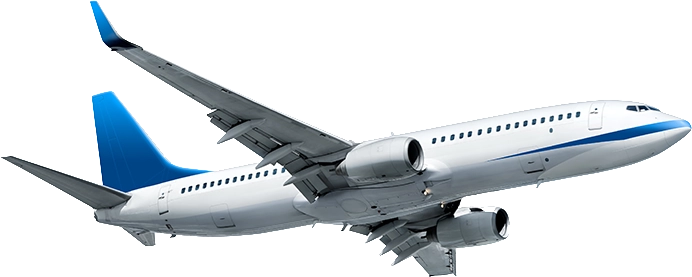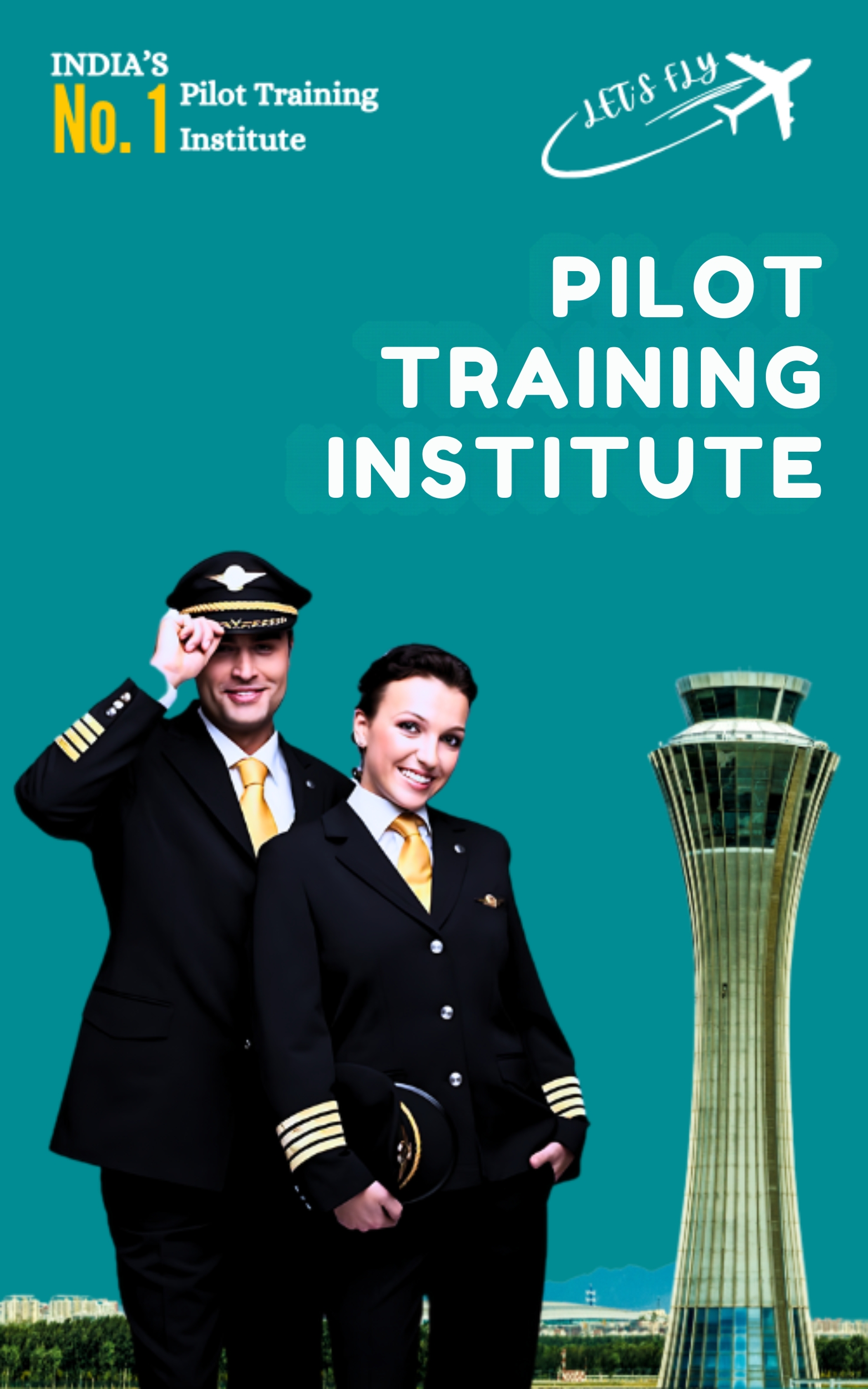Pilot Career Pathway: Jobs, Salary & Growth
Becoming a pilot is a dream for many aviation enthusiasts. If you’ve ever wondered how to become a pilot, you’re not alone. Pilots have the unique opportunity to travel the world, experience incredible landscapes from above, and ensure the safety of passengers and crew. However, the journey to becoming a pilot involves more than just flying an aircraft. It requires a solid foundation in education, flight training, medical fitness, and passing various exams. Whether you want to fly privately, commercially, or as an airline captain, the steps to become a pilot are clear but require dedication and hard work.
In this comprehensive guide, we’ll cover how to become a pilot, what eligibility criteria you need to meet, the exams involved, the licenses required, and career opportunities in aviation across different countries.
How to Become a Pilot Step by Step
The path to becoming a pilot is a structured process with several key milestones. Here’s a detailed step-by-step breakdown:
- Meet the Educational Requirements
To become a pilot, you’ll need at least a high school diploma or equivalent. While there is no specific percentage required, having a strong foundation in mathematics, physics, and English can greatly benefit your learning during flight training. - Choose the Right Flight School
The next step to become a pilot is choosing the right flight school. Ensure the school is accredited by the aviation authority in your country. Flight schools provide both theoretical education (ground school) and practical training (in the cockpit). A reputable flight school is essential to gaining the knowledge and skills needed to succeed. - Pass a DGCA Medical Examination
Before you begin flying, you must pass a DGCA medical exam. There are two types of medical certificates for pilots:
- Class 1: Required for commercial pilots and airline transport pilots (ATPL).
- Class 2: Needed for private pilots (PPL). The medical exam checks your physical fitness, including vision and hearing, and ensures you can handle the physical and mental challenges of flying.
- Obtain a Private Pilot License (PPL)
The first major step to become a pilot is obtaining a Private Pilot License (PPL). This license allows you to fly for personal purposes. To get your PPL:
- Complete at least 40 flight hours.
- Pass a written exam covering flight theory, airspace regulations, and safety procedures.
- Successfully demonstrate your flying skills in a check ride with an examiner.
- Gain Flight Experience and Additional Ratings
After earning your PPL, you’ll need to accumulate more flight hours to progress further. Many pilots build hours by flying smaller planes or becoming flight instructors. Additional ratings, such as instrument ratings (IR) or multi-engine ratings (MER), can also enhance your skills and open up more career opportunities.
- Obtain a Commercial Pilot License (CPL)
Once you have enough experience, you can apply for a Commercial Pilot License (CPL), which allows you to fly for pay. To obtain your CPL, you’ll need to:
- Accumulate at least 200 flight hours.
- Pass written exams covering advanced flight topics like meteorology, flight planning, and navigation.
- Complete a flight test with a certified examiner.
Related URL:- Pilot Course in Jaipur
- Obtain an Airline Transport Pilot License (ATPL)
To become an airline captain, the highest qualification is the Airline Transport Pilot License (ATPL). This requires:
- At least 1,500 hours of flight time.
- Passing a series of written exams.
- Gaining significant experience as a first officer or co-pilot.
- Stay Current and Maintain Certification
As a pilot, it’s essential to stay current with flying regulations, medical requirements, and ongoing education. You’ll need to renew your medical certificate regularly, undergo recurrent training, and complete flight reviews to maintain your certifications.
Why Choose a Pilot as a Career?
If you’re wondering why you should become a pilot, here are some key reasons why aviation is such a rewarding career:
- Adventure and Travel
One of the major perks of being a pilot is the ability to travel the world. Pilots have the opportunity to visit new destinations, experience different cultures, and enjoy exciting travel perks. - Job Stability
As air travel continues to grow globally, the demand for qualified pilots has also increased. Airlines, private companies, and other aviation sectors are always in need of skilled pilots, ensuring job stability in the field. - High Earning Potential
Pilots are among the highest-paid professionals globally. Although the salary can vary depending on the country and airline, becoming a commercial or airline transport pilot can lead to lucrative earnings. - Prestige and Respect
Being a pilot comes with a significant amount of prestige and respect. Pilots are responsible for the safety of hundreds of passengers and must demonstrate high levels of expertise, discipline, and decision-making skills. - Career Growth
The aviation industry offers ample opportunities for career advancement. After starting as a first officer or co-pilot, pilots can move up to become captains, instructors, or even progress into management roles.
Related URL:- Pilot Training Institute in Jaipur



